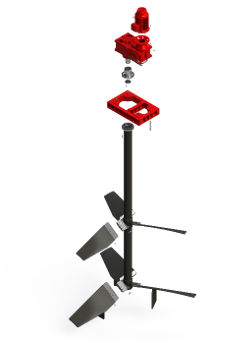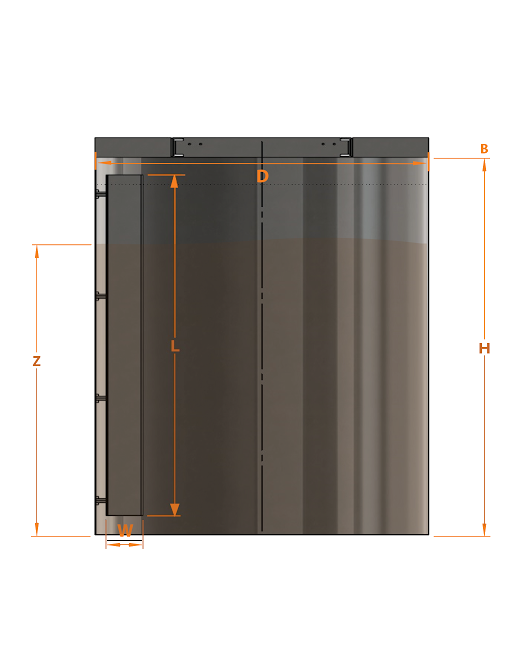Agitators
Frequently asked questions
What is an agitator/mixer?
It is a mechanical piece of equipment used to fulfil a specific mixing or process task. These tasks could be anything from suspension of solids, to combining liquids or liquid-solids, for example. A basic mixer, in our instance, is made up of a motor, gearbox (unless a direct drive is used), coupling, shaft, hub(s) and blades.
What is the difference between an impeller and a propeller?
What role does viscosity play in sizing a mixer?
- Laminar
- Transitional
- Turbulent
The higher your Reynolds number, the more turbulent the flow will be; and the smaller the number, the more laminar. For mixing, turbulent flow is the easiest form of a fluid regime to mix your product. The higher the viscosity, the lower your Reynolds number will be – inevitably leading to a more laminar flow. When we design an agitator for these conditions, we need to consider that the product will not mix as easily as lower viscosity fluids or fluids in the turbulent regime. In many instances, designs done in the laminar regime would require a different impeller, a larger impeller diameter or increased power to achieve the desired result.
Is there a difference in the mixer’s “performance” if the variables change or fluctuate in a solids suspension tank?
- An increase in slurry density: This will increase your agitator’s power draw which will cause your agitator to overload. It will also increase the fluid forces of the agitator, possibly leading to a mechanical failure.
- An increase in particle size: This will increase the settling rate of the solids. If the solids are left to settle, they will build up and eventually overload your agitator. The solid build up will either cause the agitator to trip on high power or can result in a mechanical failure due to the increased load being put on the mixer.
- Changes in percentage solids: If your percentage solids increase, this will increase your density and lead to the same problem as explained in bullet 1. A decrease in percentage solids can increase your solids’ settling rate and result in settlement problems.
Are there preventative maintenance measures which can be taken to monitor the agitator during operation?
AFX can provide you with a solution for preventative maintenance. We can gear our agitators up with all necessary monitoring equipment including:
- Vibration sensors
- Oil pressure switches
- Flow switches
- Temperature switches
AFX can also provide an onsite maintenance service with agreed intervals to suit your schedule and budget. Our service personnel will look after your agitator’s wellbeing and increase its operational life.

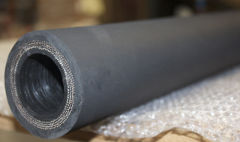 At the heart of every AFX peristaltic pump lies a heavy-duty peristaltic hose specially developed to work hand in hand with the pump roller technology installed in the AFX PUMP SERIES. We stock a comprehensive range of hose materials for each pump to be compatible with the unique chemical and abrasive characteristics of every application. A carefully designed and manufactured hose element is the single most vital component for the performance durability and efficiency of any peristaltic pump. To ensure a good pump you must have a good hose, and this is where AFX excels. Each hose we supply is built under stringent quality control measures, using high-quality, compounded rubbers, reinforced with four individual layers of braided nylon carefully set at optimum angles. Once cured, the outer diameter of each hose is precision machined to exacting tolerances ensuring a perfectly sized hose. An accurately sized hose ensures perfect compression, which eliminates internal slip (which reduces pump efficiency and allows for the abrasive slurries to prematurely destroy the hose).
At the heart of every AFX peristaltic pump lies a heavy-duty peristaltic hose specially developed to work hand in hand with the pump roller technology installed in the AFX PUMP SERIES. We stock a comprehensive range of hose materials for each pump to be compatible with the unique chemical and abrasive characteristics of every application. A carefully designed and manufactured hose element is the single most vital component for the performance durability and efficiency of any peristaltic pump. To ensure a good pump you must have a good hose, and this is where AFX excels. Each hose we supply is built under stringent quality control measures, using high-quality, compounded rubbers, reinforced with four individual layers of braided nylon carefully set at optimum angles. Once cured, the outer diameter of each hose is precision machined to exacting tolerances ensuring a perfectly sized hose. An accurately sized hose ensures perfect compression, which eliminates internal slip (which reduces pump efficiency and allows for the abrasive slurries to prematurely destroy the hose).
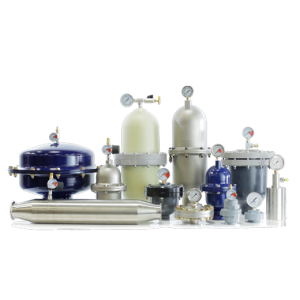 Peristaltic pumps are by nature inherently pulsing in operation. Excessive pressure spikes and pulsations within the pump system can be extremely damaging to the pump hose and the process system.
Peristaltic pumps are by nature inherently pulsing in operation. Excessive pressure spikes and pulsations within the pump system can be extremely damaging to the pump hose and the process system. The primary reason for hose failure is from cyclic fatigue (number of hose compressions). Pump hose failure is inevitable, but exactly when hose failure will occur is dependent upon many factors and may not always be at a convenient time when a technician is watching the pump.
The primary reason for hose failure is from cyclic fatigue (number of hose compressions). Pump hose failure is inevitable, but exactly when hose failure will occur is dependent upon many factors and may not always be at a convenient time when a technician is watching the pump.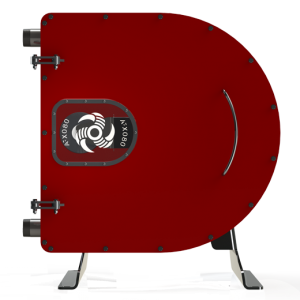 Our extensive range of peristaltic hose pumps includes one of the largest pumps of this type in the world. Our 150mm pump has a maximum flow rate of 147m³/hr and can deliver pressures up to 10 Bar. These units are ideal for thickener underflow applications.
Our extensive range of peristaltic hose pumps includes one of the largest pumps of this type in the world. Our 150mm pump has a maximum flow rate of 147m³/hr and can deliver pressures up to 10 Bar. These units are ideal for thickener underflow applications. OPERATING PRINCIPLE
OPERATING PRINCIPLE PUMP SELECTION
PUMP SELECTION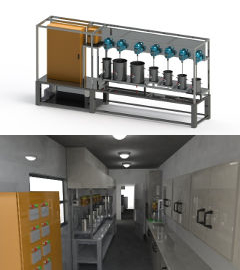 spreading from mining processes to chemical and agricultural testing laboratories as well as personal care and pharmaceutical laboratories, the need for this equipment is on the rise. Pilot plants and bench plants are small modular industrial systems, which are designed and implemented to generate information and understand particular behaviours during test or trial periods. This is usually done before building the large full-scale plant, which entails large capital outlays as well as major risks associated with the process. The use of the pilot or bench plants enables one to make a calculated and informed decision on whether or not to move forward with the full-scale operation. It equips the client with freedom to run tests accurately as well as change and modify procedures on the smaller scale.
spreading from mining processes to chemical and agricultural testing laboratories as well as personal care and pharmaceutical laboratories, the need for this equipment is on the rise. Pilot plants and bench plants are small modular industrial systems, which are designed and implemented to generate information and understand particular behaviours during test or trial periods. This is usually done before building the large full-scale plant, which entails large capital outlays as well as major risks associated with the process. The use of the pilot or bench plants enables one to make a calculated and informed decision on whether or not to move forward with the full-scale operation. It equips the client with freedom to run tests accurately as well as change and modify procedures on the smaller scale.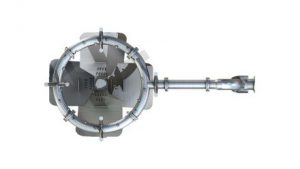
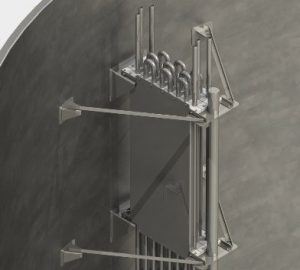 BAFFLES AND BAFFLE COILS
BAFFLES AND BAFFLE COILS Mounting bases and pedestals are critical in ensuring that the gearbox of the agitator is correctly aligned and mounted to the supporting beam structure. Our pedestals and bases are designed to significantly reduce the potential of twisting or flexing within the gearbox housing; which is often a common cause of some gearbox failures.
Mounting bases and pedestals are critical in ensuring that the gearbox of the agitator is correctly aligned and mounted to the supporting beam structure. Our pedestals and bases are designed to significantly reduce the potential of twisting or flexing within the gearbox housing; which is often a common cause of some gearbox failures.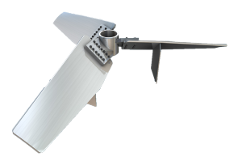 IMPELLER TYPE: F3
IMPELLER TYPE: F3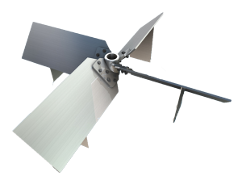 IMPELLER TYPE: FS4
IMPELLER TYPE: FS4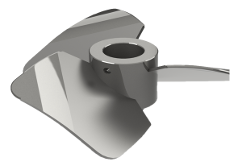 IMPELLER TYPE: P3
IMPELLER TYPE: P3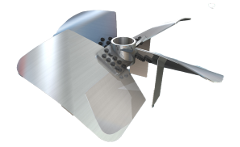 IMPELLER TYPE: P4
IMPELLER TYPE: P4 FOLDING IMPELLERS
FOLDING IMPELLERS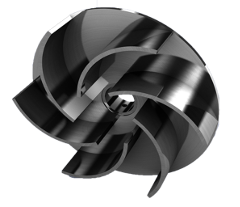 IMPELLER TYPE: R6
IMPELLER TYPE: R6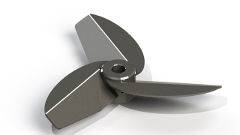 FCE3 CLEAN EDGE IMPELLER
FCE3 CLEAN EDGE IMPELLER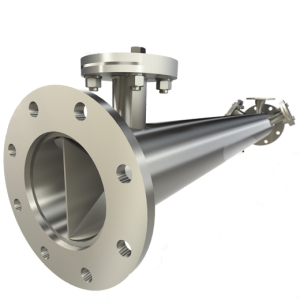
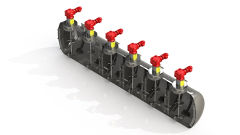 PRESSURE OXIDATION
PRESSURE OXIDATION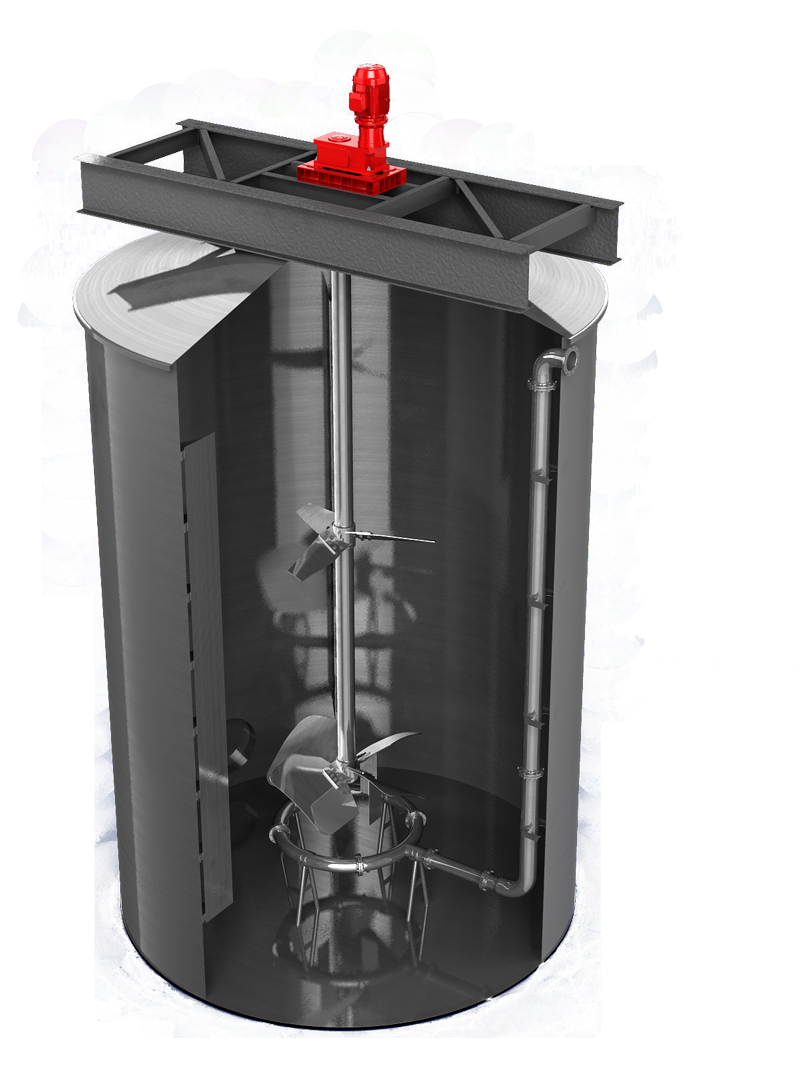 GAS DISPERSION
GAS DISPERSION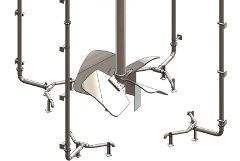 IRON REMOVAL
IRON REMOVAL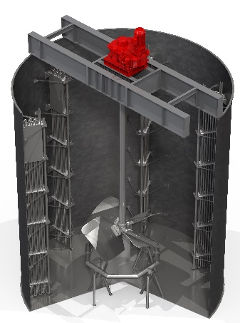 CYANIDE DETOX
CYANIDE DETOX PEDESTAL MOUNTED MIXERS
PEDESTAL MOUNTED MIXERS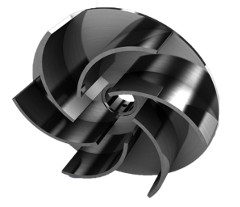 R6 PUMP IMPELLER
R6 PUMP IMPELLER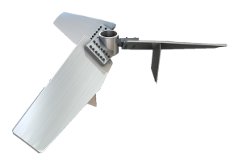
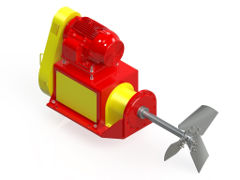 SIDE ENTRY AGITATORS
SIDE ENTRY AGITATORS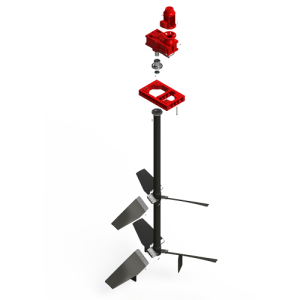 TOP ENTRY MIXERS
TOP ENTRY MIXERS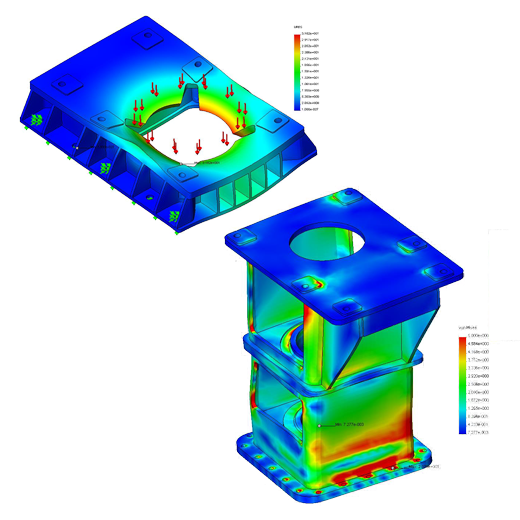
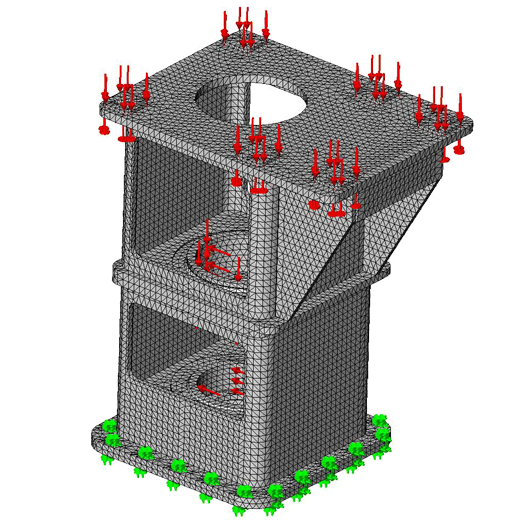
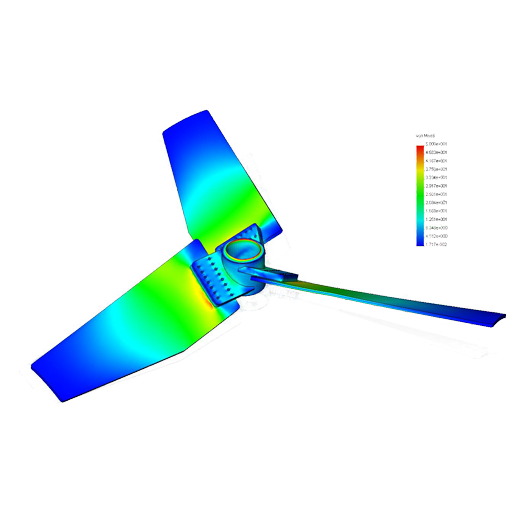

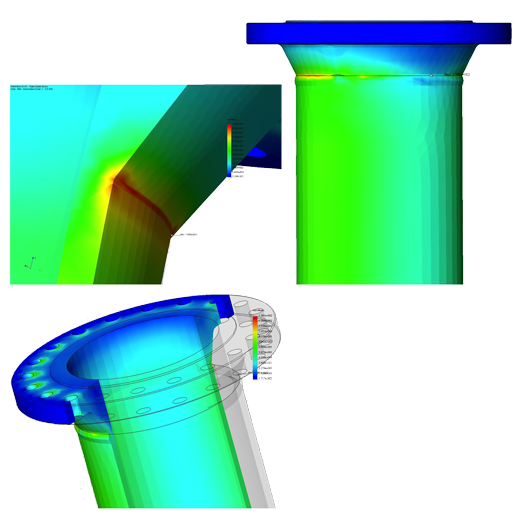


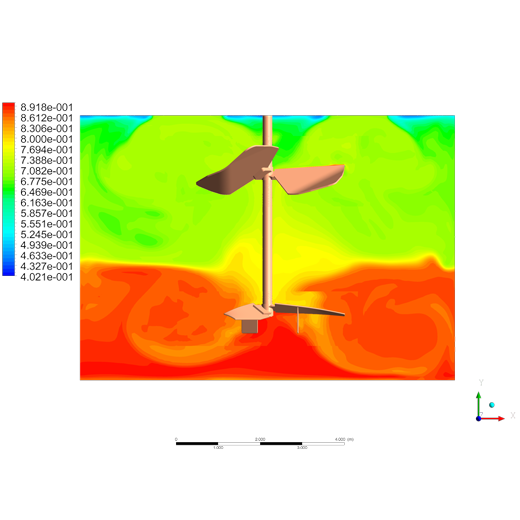






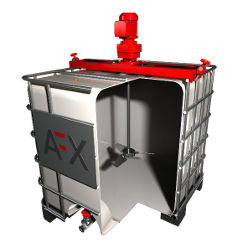
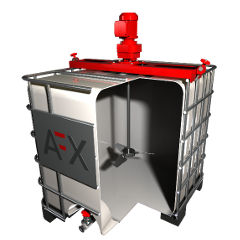 SMALL TOP ENTRY AGITATORS
SMALL TOP ENTRY AGITATORS